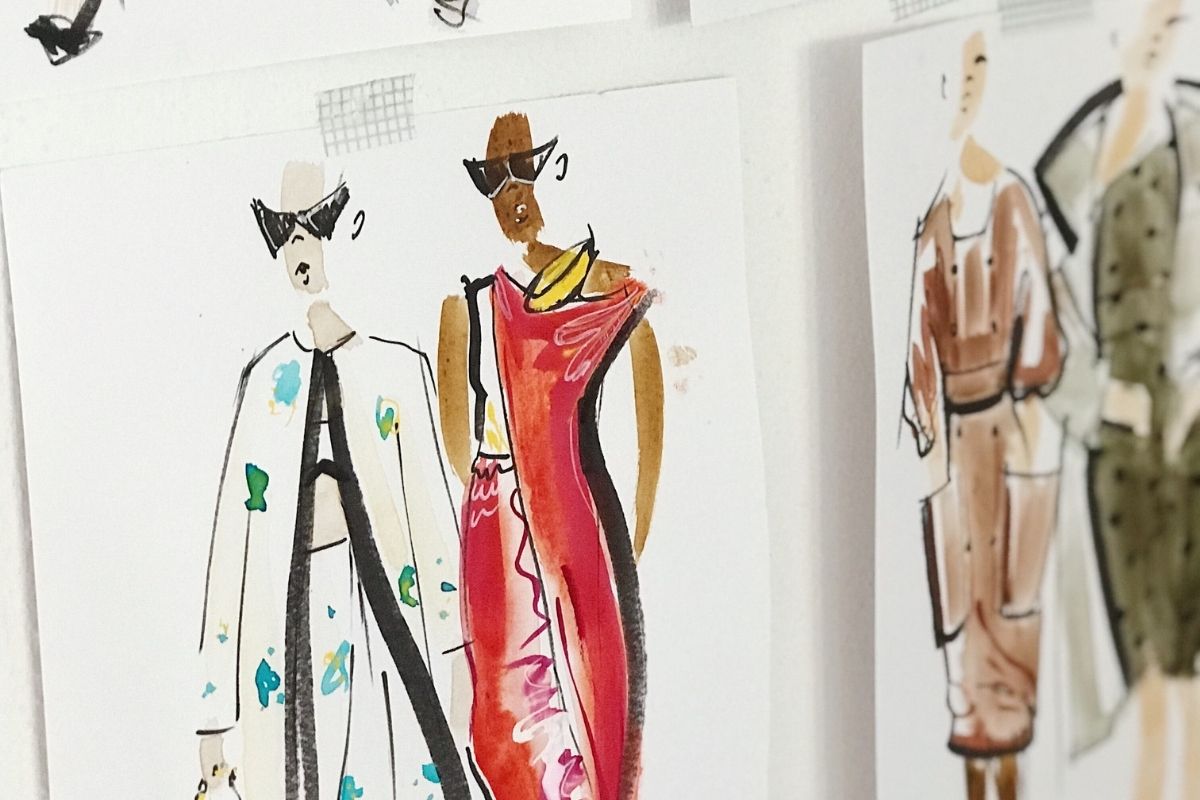Lessons: Everyday Chic Collection
Muriel Favaro is an accomplished artist and associate professor at Parsons School of Design with a few things to share on the subject of creating fashion from everyday objects. This creative pursuit is a way to sharpen your fashion education skills and eye for design using found objects. As fashion business increasingly looks to sustainability, repurposing items is more than a fun trend.
For her homemade chic project, Favaro decided to take a handmade crochet knit and simply put it in the photocopier. She shot screens of the crochet knit and screen-printed the muslin. She repurposed a tissue holder to put all her clips in it and everyday objects for a simple, friendly, and homemade chic.
“In talking about doing always what you truly, truly love – since I was a child, this is my geometry book from when I was 10 years old. I loved geometry. I loved clean lines. I loved colors. And just out of the blue, I discovered that this print I made recently, it’s the exact same thing that I was doing when I was a child. It’s charming.
I also want to speak about my love of what I call everyday objects. I love the tape measure, the scissors, the ruler, pattern paper. I’ve been painting everyday objects myself. So I’ve been painting my scissors, and I have series on all of that. I’m going to just show you some examples.
This is actually a soap grater. I’ve been painting my tools, and it has every stain, every detail of my very used-the screwdriver I took with me when I came to New York almost 40 years ago. My pliers-I came with this pair of pliers also 40 years ago. It has been just a companion in my life. And making it become all of a sudden a piece of art that is going to be noticed on the wall feels really great.” (Muriel Favaro)


